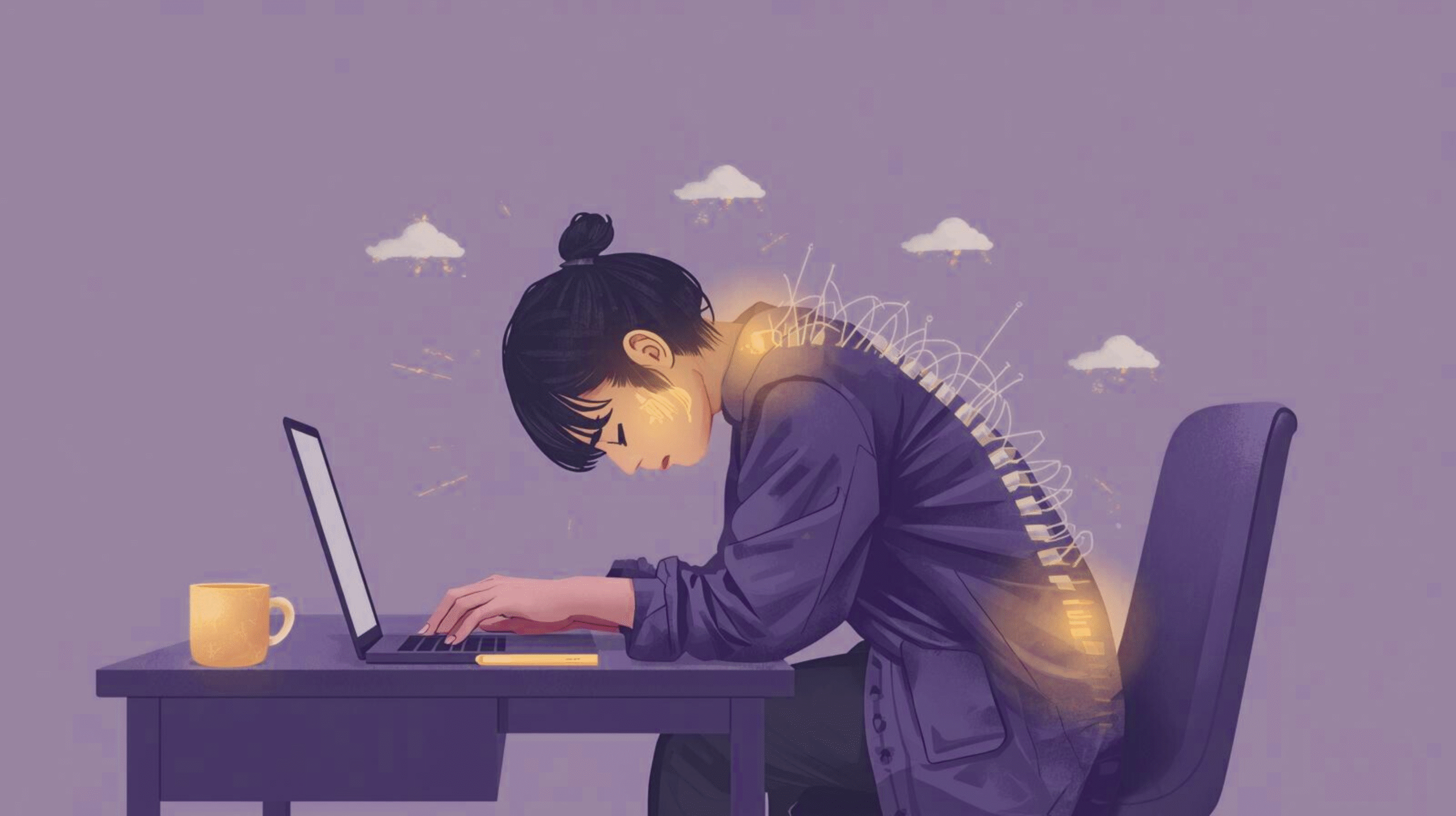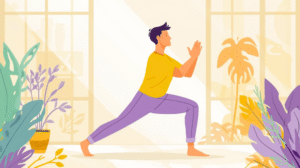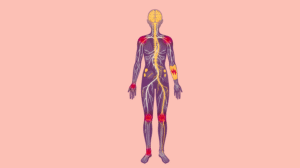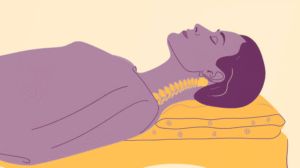In 2017, a team of psychologists in San Francisco made a surprising discovery. They asked two groups of students to give a short speech. One group stood tall, shoulders back. The other group sat slouched, heads bent forward. The result? The upright group not only performed better but reported feeling more confident and less anxious even though nothing else had changed.
The only variable was posture.
The Hidden Psychology of Posture
We often think of posture as a physical trait, but it is also a form of body language directed inward. The way you hold yourself doesn’t just communicate to others it sends constant feedback to your own brain.
- A slouched posture narrows the chest, making breathing shallow. Shallow breath triggers the sympathetic nervous system the same fight-or-flight response linked to stress.
- Forward head tilt compresses the vagus nerve, reducing parasympathetic activity, the body’s natural calming system.
- Collapsed shoulders cue the brain into a “defensive” state, mirroring the body language of sadness or fear.
The result? A body that looks stressed begins to feel stressed.
The Domino Effect
Over time, poor posture doesn’t just reflect mood, it reinforces it.
- Increased cortisol levels from chronic stress weaken connective tissues.
- Fatigued muscles in the back and neck exacerbate pain, which feeds anxiety.
- Pain-related stress loops create insomnia, irritability, and mental fatigue.
It becomes a cycle: stress collapses the body, the collapsed body fuels more stress.
Everyday Habits That Trap You
The modern world trains us into slouching:
- Hours spent on laptops or phones.
- Driving long distances with rounded shoulders.
- “Comfortable” couches that sink us inward.
Each habit is subtle, but together they condition the nervous system into a state of constant low-grade stress.
The Quiet Warnings
Your body often speaks before your mind catches up:
- Tension headaches.
- Uneasy rest or waking up tired.
- Racing thoughts during work.
- Feeling “on edge” after long hours of sitting.
These aren’t random; they’re the whispers of a posture-driven stress loop.
A Two-Minute Reset
Breaking the cycle doesn’t require hours in the gym. Just micro-corrections:
- Power Pose Breathing: Stand tall, hands on hips, inhale deeply.
- Open Chest Stretch: Clasp hands behind your back, lift gently.
- Seated Reset: Sit upright, feet flat, chin gently tucked, three deep breaths.
Each small act sends a new signal to your brain: You are safe. You are stable.
The Bigger Lesson
Posture is more than physical alignment, it’s emotional alignment. It can push your body toward calm or chaos, resilience or reactivity.
So here’s the question worth sharing: If the way you sit and stand can fuel anxiety or dismantle it what other “everyday” choices are shaping your mental health without you even realizing it?
Co-authored by: Shayamal Vallabhjee
Chief Science Officer: betterhood
Shayamal is a Human Performance Architect who works at the intersection of psychology, physiology, and human systems design—helping high-performing leaders, teams, and individuals thrive in environments of stress, complexity, and change. His work spans elite sport, corporate leadership, and chronic health—and is grounded in the belief that true performance isn’t about pushing harder, but designing better.



















